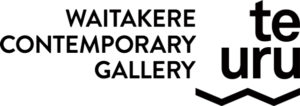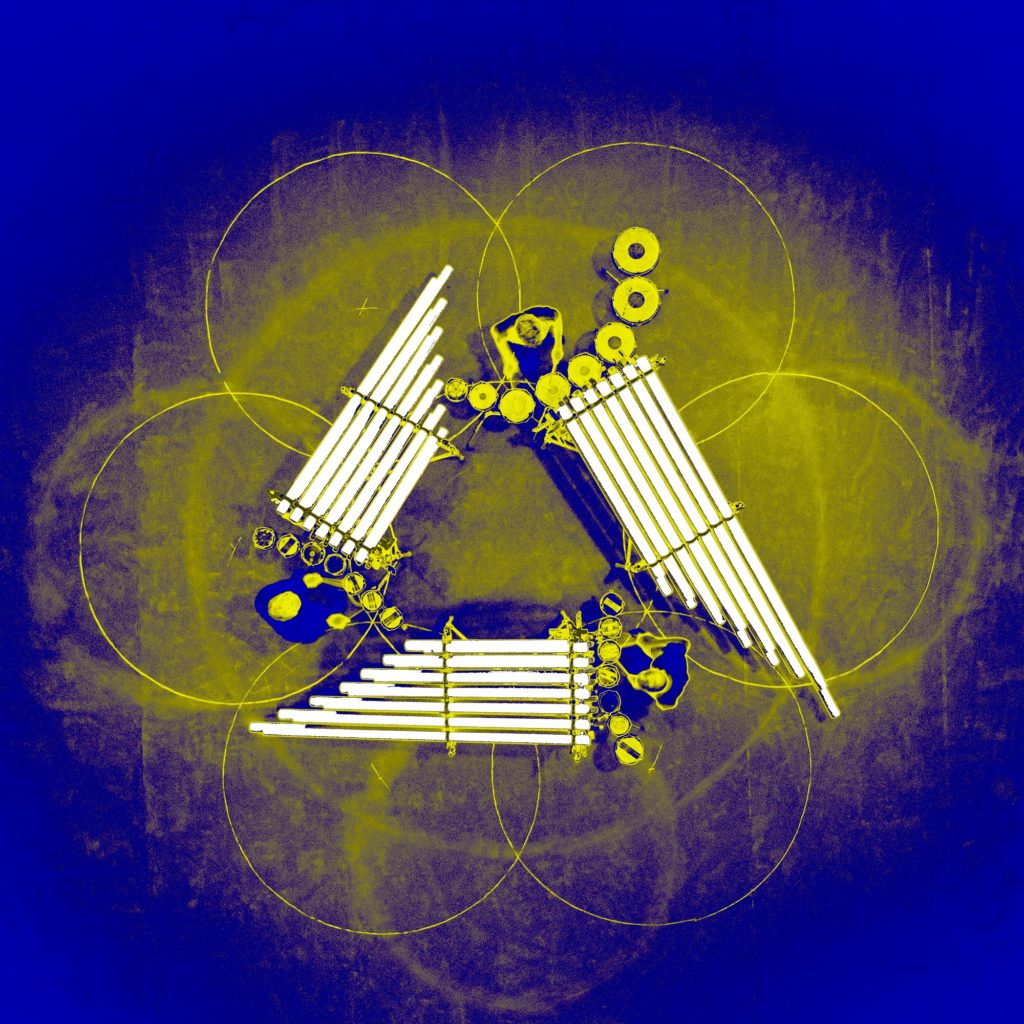CURATORS Andrew Clifford, Robert Leonard
From Scratch is New Zealand’s best-known art/music ensemble. Formed in 1974, by Philip Dadson, it draws on aspects of experimental, minimal, and non-Western musics, and on Fluxus, minimal art, and post-object art. It is known for its invented instruments and its exploration of polyrhythm, its utopian egalitarian politics and its engagement with the sounds and rhythms of the Pacific. In the 1980s and 1990s, From Scratch tours internationally, taking its music to the world. But, after 2002, it goes into hiatus, with Dadson focusing on solo projects.
The From Scratch story begins in the late 1960s, when Philip Dadson participates in the foundation group for Cornelius Cardew’s experimental Scratch Orchestra in London. Cardew’s ‘people's liberation’ music brings together trained and untrained musicians and artists to improvise on traditional and non-traditional instruments. Influenced by fluxus, it's wildly diverse and democratic—anyone can join in. Returning to Auckland, Dadson forms the New Zealand Scratch Orchestra in 1970, which runs until 1972. In 1974, concerned that its large-scale improv performances have ‘degenerated into therapeutic free-for-alls’, Dadson forms a smaller, breakaway group, to pursue a more structured, disciplined approach, with the emphasis shifting from improv to composition, with a focus on rhythm. The new group, From Scratch, debuts at that year's Sonic Circus in Wellington.
Through the late 1970s and 1980s, From Scratch develops works characterised by complex rhythms and harmonically rich drones, performed on its own invented percussion instruments. By 1978, the group is using the racks of horizontally mounted, end-struck, plastic plumbing pipes—partly inspired by Solomon Islands bamboo-tube instruments—that become its trademark. At the end of the 1970s, From Scratch begin to perform internationally, and its fame grows through the 1980s and 1990s.
From Scratch have a clear ethos. Their back-to-basics collectivism, veined with left-wing utopianism, entwines the global and the local. Performers work together to present complex compositions that eschew individualism—the solo. Instrument stations are organised in non-hierarchal geometric logo-like arrangements with the audience typically encircling the performers. Concerts became demonstrations of what can be achieved by working together, everyone playing their part. Politics is never far from the surface. Gung Ho 1,2,3D (1980) pays homage to Rewi Alley, a New Zealander who pioneered industrial cooperatives in communist China, while Pacific 3,2,1,Zero: Part 1 (1982) protests French nuclear testing in the Pacific.
While they release records, From Scratch are best experienced live, where the sound and visual elements (the instruments and performers' movements) create a symbiotic experience. This is captured in two short films by Gregor Nicholas: Drum/Sing (1984) and Pacific 3,2,1,Zero: Part 1 (1993), which catch the group in its heyday, at its professional and creative peak.
But From Scratch music continues to evolve. If the 1980s is classic From Scratch, the 1990s brings renewal and diversification, incorporating a host of new players and an expanded range of sounds. Eye/Drum and flexi-tube stations replace the familiar PVC-pipe racks. New instruments are used and developed, including long-stringed polystyrene zitherums, bell poles, tone trees, and tuned-tongue bells. The group also engage novel performance elements. Global Hockets (1998)—a collaboration with German new-media group Supreme Particles—features triggered sound samples and data projections. The comparatively low-tech Pacific Plate (2000) incorporates Foley trays, whistling kettles, spinning plates, a water-cooler drum kit, and a 16mm film projected onto a Venetian blind, introducing a looser improv feel reminiscent of the group's Scratch Orchestra origins.
In 2002, From Scratch go into hiatus and Dadson focuses on solo projects. When From Scratch archivist and Te Uru Director Andrew Clifford presents a From Scratch survey exhibition, early in 2018, it spurs the group to re-form, not only to restage existing works but to develop new ones, including collaborations with dancer Carol Brown, Orchestra of Spheres, Pitch Black, and the New Pacific Music Ensemble. The show is named 546 Moons, after the number of lunar cycles between the group’s formation and the show’s opening. Curated by Clifford with Robert Leonard, Chief Curator, City Gallery Wellington, City Gallery's show, 555 Moons, expands on Te Uru’s. It includes films of performances, instruments and sonic sculptures, documents, drawings, and photos.
There’s also a programme of live performances, including an opening-day performance of Carhorn Hocket (1995) using cars, with performers honking horns and slamming doors.

![]()

































































